With the temporary closure of galleries and museums across the world, will art emerge and move towards the digital space after the crisis?
Before life under quarantine, we would turn to our interests and hobbies for refuge. From attending concerts, watching films, to purchasing art, we took great comfort in engaging what delights us. Now, the entire world is under lockdown, our sources of respite have been affected as well. Our most-anticipated exhibits and shows are postponed, probably for a long time. Taking out what we are looking forward to seems to take away our happiness too. Our options are limited to finding refuge on social media or online versions of these art forms. But what happens then to those in the art industry? If they could not perform or do exhibits, how will artists thrive? Worse, how do they sustain life in this crisis?
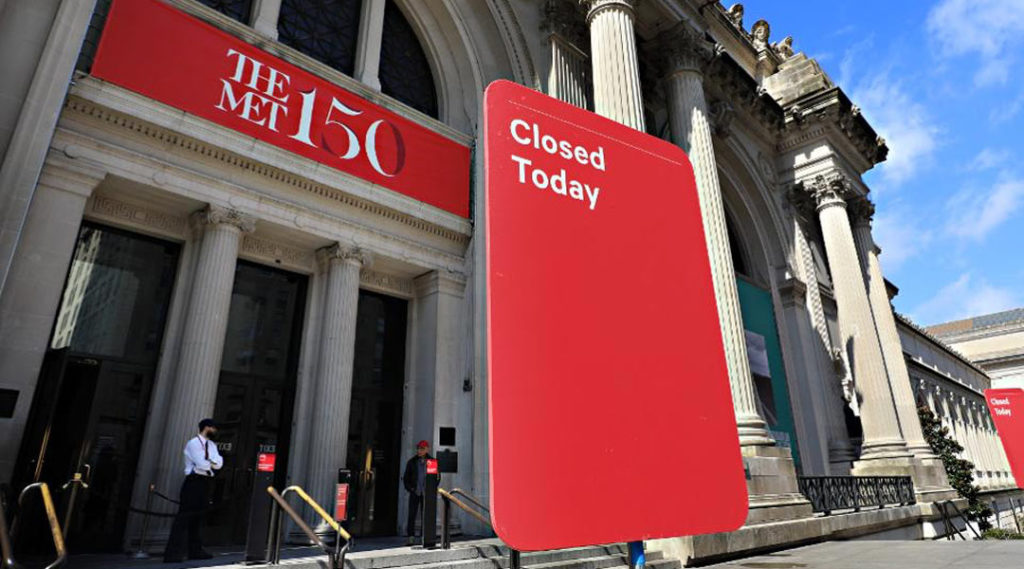
The State of Art Right Now
In the country, the National Museum and the Intramuros Administration with their respective networks indefinitely shuttered operations since March 13. In New York, Met closed down its branches: the Cloister, Met Breuer, and the Beaux-Arts headquarters. Organizations have amassed a $75 billion-dollar NYC COVID-19 Response and Impact Fund. The giant city’s arts and social nonprofits are the recipients, assisting the artists and employees in this crisis.
However, along with other museums, the United States alone sees a $33 million loss every day. Apart from dealing with immediate concerns, art and cultural institutions must think of their long-term plans. For those that rely on income from event rentals, admission tickets, and fundraisers, they are experiencing a serious financial crash in this pandemic.
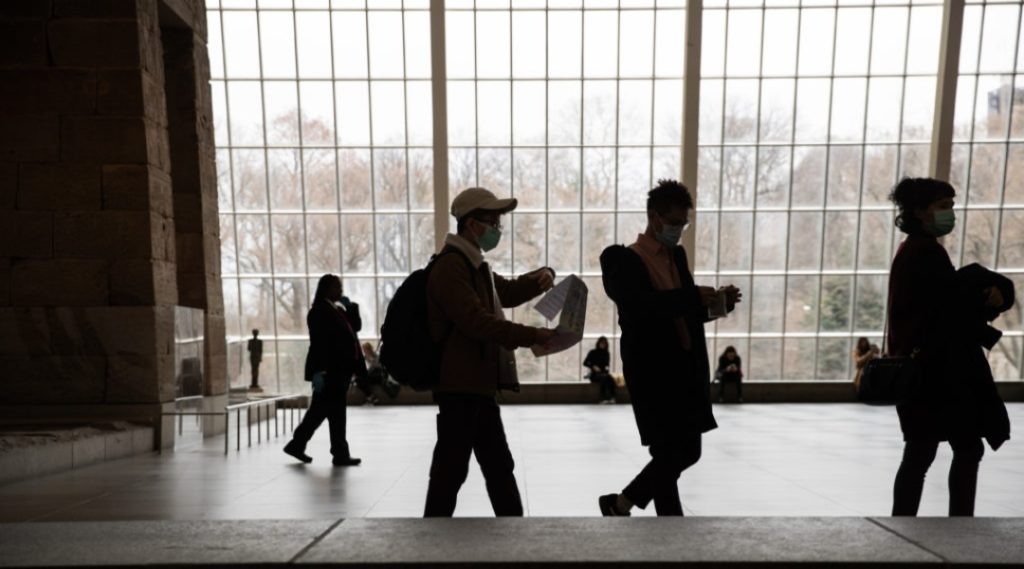
What’s heartbreaking are the self-employed, contractual workers who, apart from losing their jobs, are not qualified for any assistance either. These include the network of freelancers like photographers, screenwriters, electricians, and art handlers in small-scale businesses.
The people behind these institutions are also at high-risk of layoffs. The Hammer Museum at UCLA already dismissed over 150 part-time student employees. Other museums have varying approaches. The Met pledged to pay its employees until April 4 while the four museums under Tate in London are set to pay all their workers until May 1.
What happens next? With the increasing number of COVID-19 cases around the world, it seems unlikely the crisis will be done in the next two months. If it continues, then how else can institutions support its employees and likewise, how can performing artists survive?
That is why museums and artists have all turned to the digital landscape.
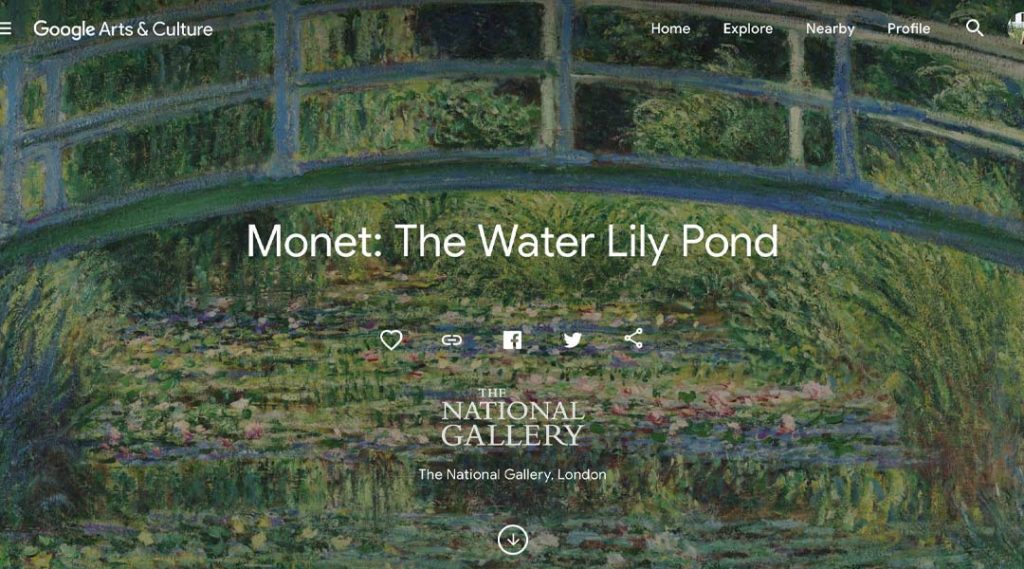
Navigating the Digital Space
Without the tangible excitement of physical shows and galleries, people are left with scrolling online for their daily dose of art. Google Arts & Culture offers a fascinating experience of exploring artworks in high definition, 360 videos, and virtual street tours. Anyone can access and see up-close works from an extensive collection and art movements. Museum de Louvre provides its virtual tours as well featuring Egyptian Antiquities and Remains of the Louvre’s Moat.
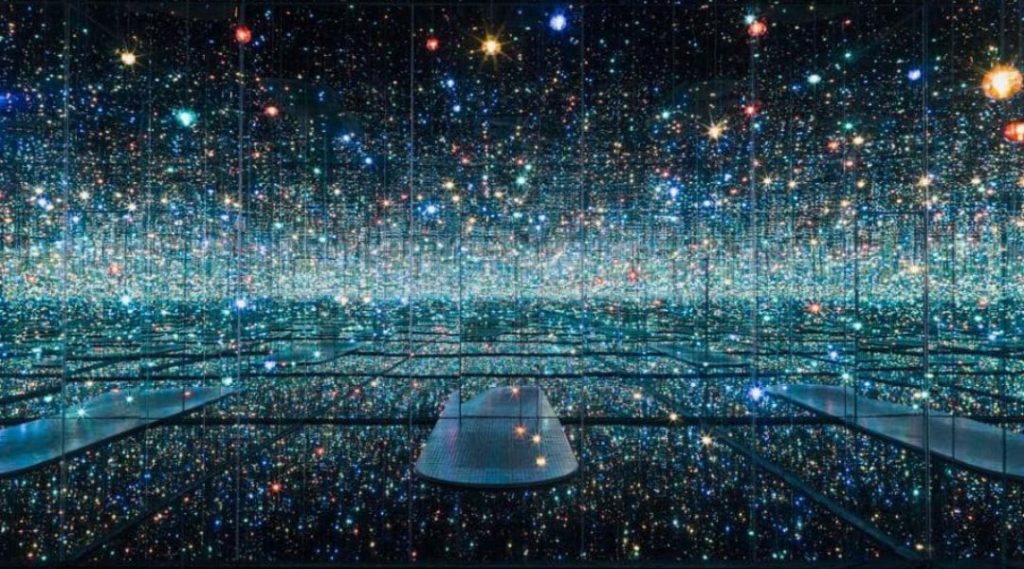
Shedd Aquarium shows a more creative approach. Through a social media campaign, they posted a video of their penguins and porcupines freely roaming around the museum that remains closed due to the outbreak. Others offer live streams like Cincinnati Zoo with their Home Safari for stay-at-home children. Over at The Broad in Los Angeles, they live-streamed their Infinity Room. It features the infamous and mesmerizing Yayoi Kusama’s The Souls of Millions of Light Years Away.
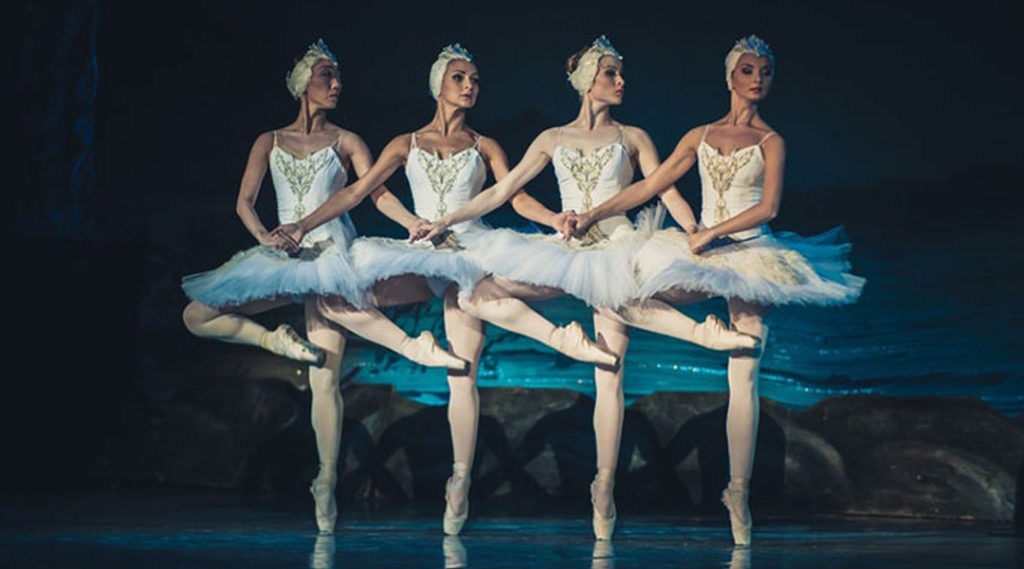
For enthusiasts of broadway shows, operas, and musicales, YouTube channels of artists and services like BroadwayHD have begun streaming performances. Even the Instagram page of Metropolitan Opera in New York initiated “Nightly Met Opera Streams.” They show celebrated operas like Donizetti’s Lucia Di Lammermoor and Wagner’s Siegfried. The Royal Opera House and Russia’s Bolshoi Theater recently announced live-streaming of virtual performances in their Facebook and YouTube channels. For Bolshoi Theater, prominent shows include Swan Lake, The Tsar’s Bride, and The Nutcracker.

The New Normal
While the creative campaigns of these institutions keep us inspired and entertained, we must acknowledge how the art scene is gradually shifting. The COVID-19 outbreak has changed the way museums and theaters share art with people. Although this crisis is temporary, its impact will certainly be felt in the long run. We might be moving towards complete digitization of the way we immerse in art.
Aside from this exciting turn, we must remain conscious of the people working behind the scenes. Keep in mind the thousands of museum and theater employees and staff who will lose their jobs. Without physical tours and real-time performances, many will be forced to experience layoffs.
This crisis is restructuring everything we know. We must brace ourselves for future changes. For now, we take refuge in these online art forms and acknowledge this new normal.





